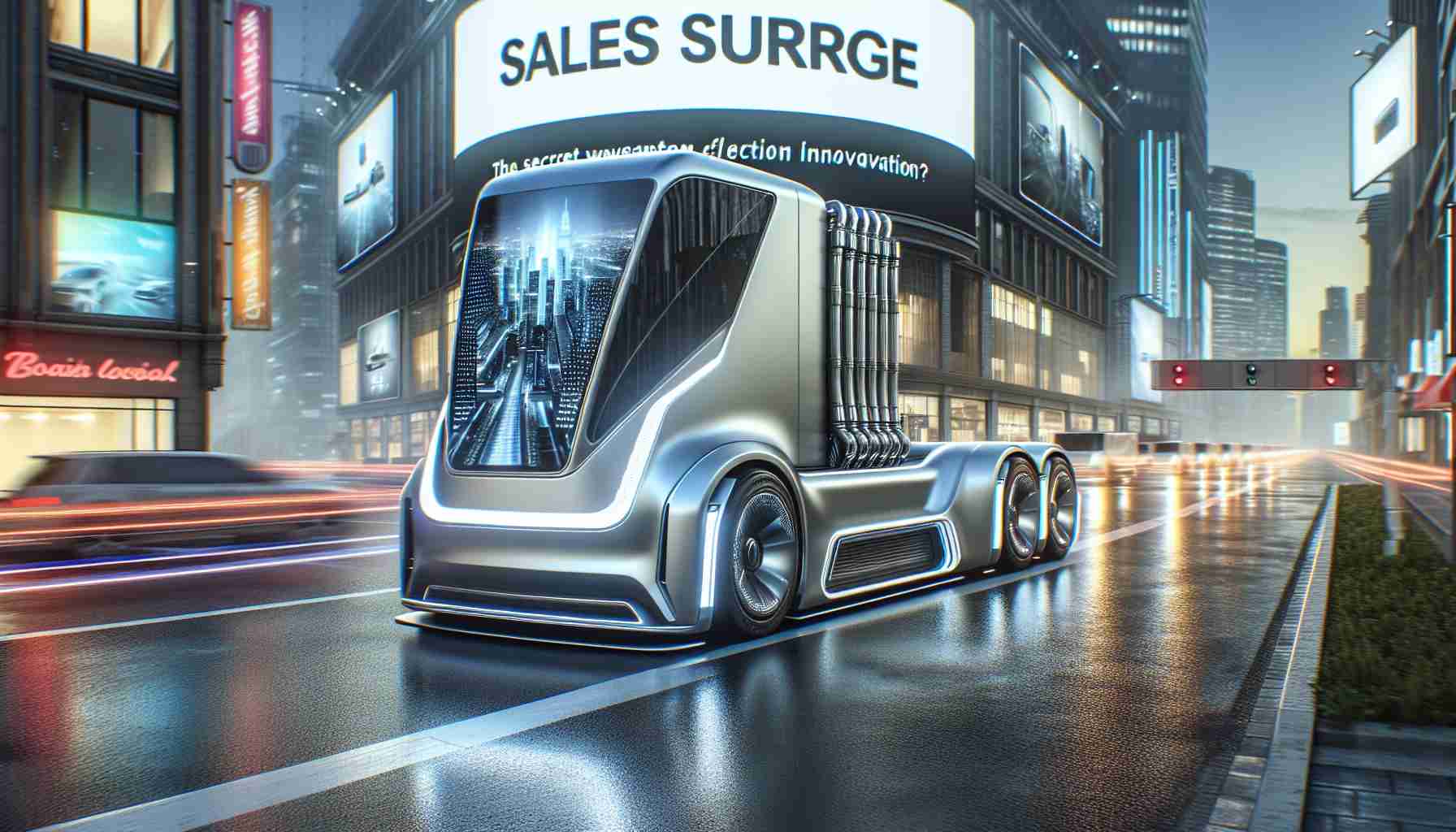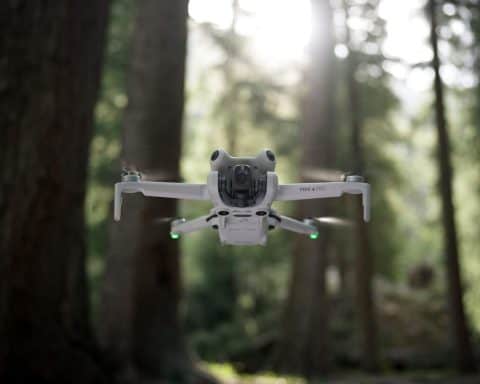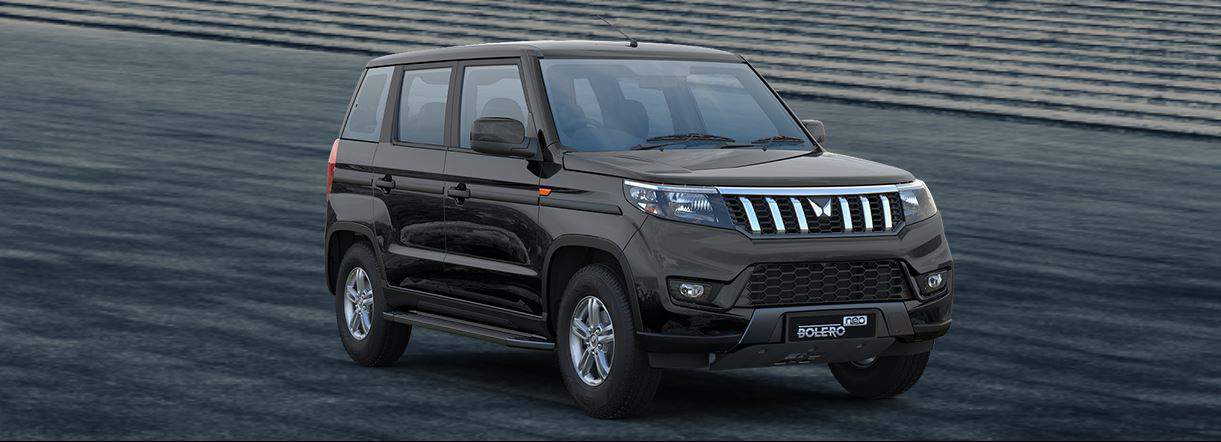The Tesla Cybertruck, despite not fully living up to initial promises, is storming the electric vehicle market with unexpected success. In an astounding performance, Tesla’s first pickup truck ranked as the third best-selling electric vehicle in the United States last quarter, as reported by Tech Crunch. The Cybertruck was only surpassed by the brand’s own best-sellers, the Model 3 sedan, and the Model Y crossover, indicating Tesla’s stronghold in the EV sector.
Insights from Kelly Blue Book’s “Electric Vehicle Sales Report” reveal that Tesla sold an impressive 16,692 Cybertrucks from July through September of this year. This figure not only marks a significant increase from previous quarters since the truck’s introduction last year but also brings the total sales for the year to 28,250 units.
While the Cybertruck was outperformed by Model Y and Model 3, which sold 86,801 and 58,423 units respectively, it dominated over other competitors. Rivals such as the Ford Mustang Mach-E, with 13,392 units sold, and the Honda Prologue, with 12,644, were left trailing. In the realm of battery-powered pickups, the Cybertruck more than doubled the sales of rivals like Rivian and Ford’s own electric trucks.
With last quarter’s sales giving it a 4.8 percent market share, the Cybertruck’s success seems remarkable for a debut model. Tesla accounted for nearly half of all electric vehicle sales with 166,923 units, continuing their reign at the top of the EV market. The true test will be maintaining this momentum as the novelty wears off and demand stabilizes.
Unveiling the Impact: How the Tesla Cybertruck Rattles the EV Market
A Surprising Contender: The Cybertruck’s Broader Implications
In an astonishing turn of events, the Tesla Cybertruck has not only shattered expectations but also left an indelible mark on the electric vehicle (EV) industry in ways not previously discussed. While most headlines focus on its impressive sales, there are myriad factors at play that are shaping and reshaping how communities, industries, and even countries perceive and integrate this unique vehicle.
The Cybertruck’s Influence on Manufacturing and Design
The Cybertruck’s radical design has sparked a fervor among vehicle manufacturers, prompting a reevaluation of design norms. The angular and stainless-steel exoskeleton, eschewing typical curves and paint jobs, is not just a stylistic choice—it represents a significant shift in manufacturing processes. By reducing the complexity of assembly lines (thanks to fewer parts and innovative materials), Tesla is setting a new precedent for efficiency and resource allocation.
Pros of the Cybertruck’s Rise
1. Revolutionizing Urban Landscapes: The Cybertruck’s growth prompts cities to reconsider infrastructure. Parking spaces, charging stations, and traffic regulations may evolve to accommodate such unusual designs.
2. Tech-forward Employment Opportunities: With rising demand, job opportunities in tech-driven manufacturing and software development soar, affecting local economies positively.
3. Enhanced Autonomy and AI Testing Grounds: As a cutting-edge model, the Cybertruck is an ideal platform for advancing autonomous driving technologies, giving Tesla a distinctive edge in developing AI systems.
Cons of the Cybertruck’s Entry into the Market
1. Environmental Footprint Concerns: The truck’s production involves significant material demands, especially in stainless steel, which could lead to increased emissions if not environmentally managed.
2. Polarizing Aesthetics: While some praise its cyberpunk allure, others find it divisive, which could limit its appeal across diverse market segments.
Controversies Stirring the Pot
The Cybertruck hasn’t been free from controversy. Notably, its unconventional design has raised safety concerns regarding pedestrian protection. Furthermore, questions about its real-world durability and performance under extreme conditions have evoked a variety of public opinions.
Global Economic Implications
As a global player, the Cybertruck’s success story isn’t confined to the U.S. market alone. In countries like China or Europe where electric mobility is gaining traction, the vehicle is expected to either encourage local manufacturers to innovate or reconsider tariffs and import-export policies to remain competitive.
Future Outlook: Is There a Cap on Success?
A pressing question remains: Can the Cybertruck maintain its momentum, or will it plateau once its novelty wanes? This challenge is akin to what many debut products face—retaining customer interest while navigating market saturation.
In summary, the Tesla Cybertruck’s unexpected triumph is unfolding into a multifaceted narrative. It is influencing manufacturing, stimulating economic sectors, and even prompting societal shifts in how transportation is viewed. Whether it will continue to escalate or encounter stumbling blocks remains to be seen.
For more information on electric vehicles, you can visit Tesla’s official site for the latest updates.
















